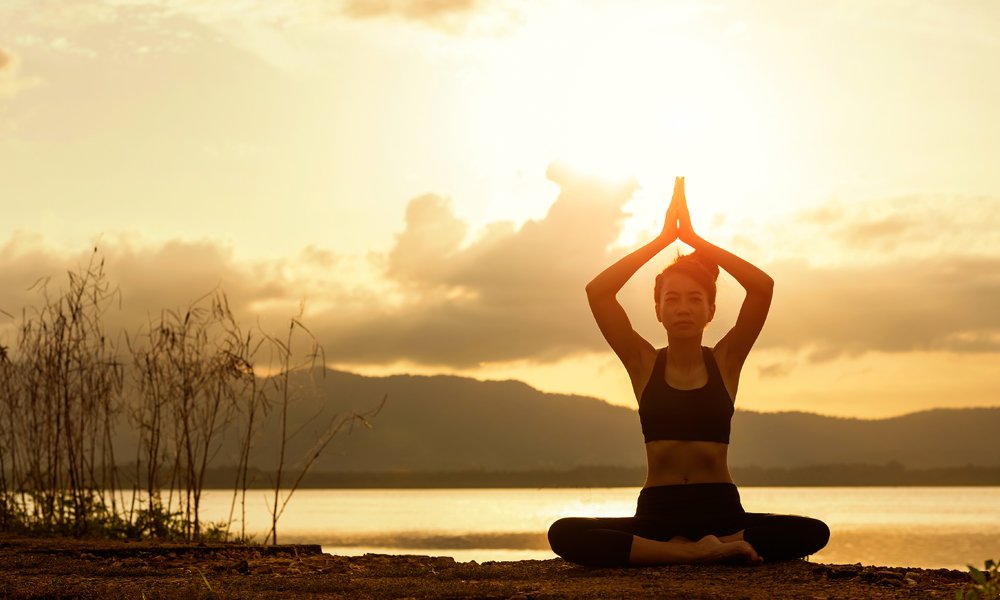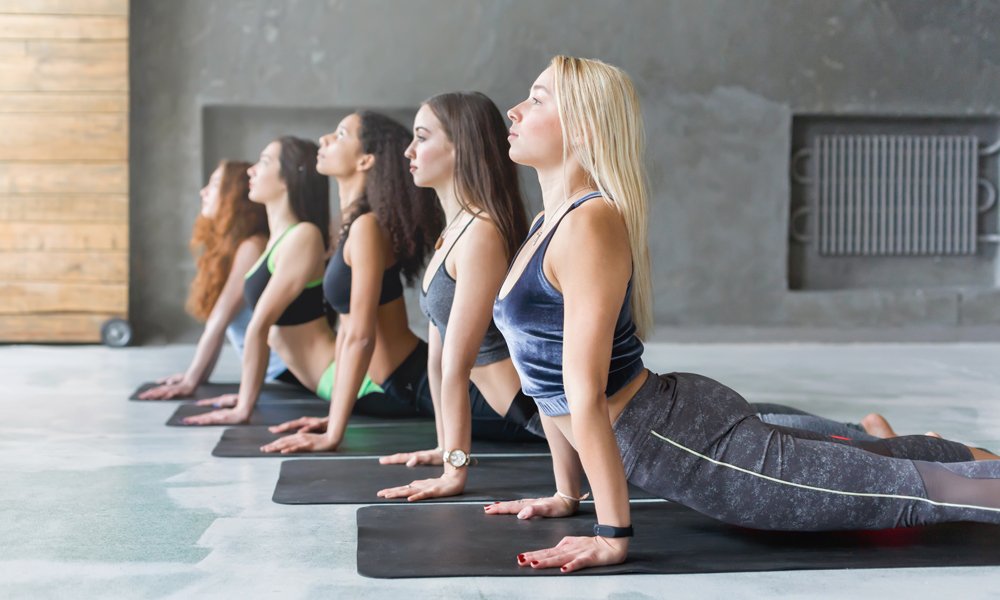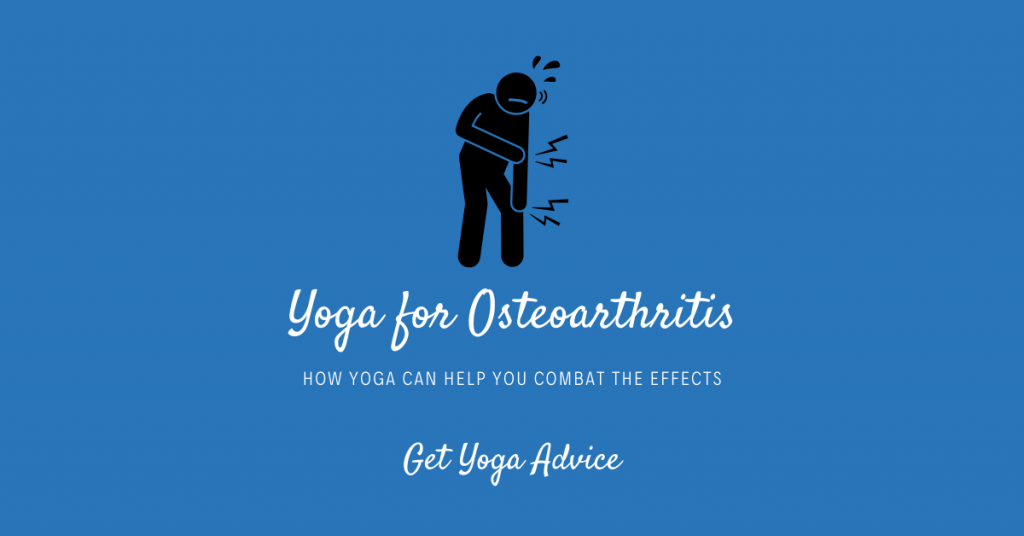People who are unfamiliar with yoga may have misconceptions about what practicing it actually entails. Yoga is not necessarily difficult poses and contorted shapes that require excessive strength and balance, though that is a part of it for advanced yogis.
There are so many different yoga types and variations that doing yoga for osteoarthritis is not only possible, but many doctors also recommend it.
Beginner yoga focuses on simple, slow, gentle movements to gradually improve balance, strength, and flexibility. These three things are all extremely beneficial for osteoarthritis pain. Let’s take a look at everything you need to know about yoga for osteoarthritis, including the benefits and other important things you need to know.
Contents
What Is Osteoarthritis?
Osteoarthritis is a degenerative joint disease. It’s associated with the wear and tear of normal aging. Cartilage breaks down and the joints rub together leading to pain, inflammation, stiffness, and swelling. Osteoarthritis is most common in the knee joint but can also affect the feet and ankles.
With osteoarthritis the joints stiffen up during periods of rest. This causes joint pain and discomfort and the last thing you want to do is move. That said, one of the things you absolutely have to do to relieve the osteoarthritis pain and prevent joints from getting stiff is to move.
This is precisely why yoga for osteoarthritis can be so beneficial.
Benefits of Yoga
Studies show maintaining a consistent yoga practice has a wide range of benefits. In addition to improving muscle strength, flexibility, mobility, and balance, practicing yoga can also increase energy, improve everyday aches and pains, and help with depression, anxiety, and stress.

When it comes to osteoarthritis, physical activity can improve joint health and has been shown not to aggravate the disease or the pain caused by it. Because of all these benefits, people with osteoarthritis have a better chance of enjoying yoga than something more strenuous which means they’re more likely to make it a part of their everyday routine.
Yoga is very accessible. People with limited range of motion or poor flexibility may benefit from doing yoga and there are even some classes that are taught in a seated position, such as chair yoga, so you can start off as slowly as you need to.
Specifically, yoga combats the effects of osteoarthritis in the following ways:
How to Do Yoga for Osteoarthritis Safely
Before you begin an exercise program talk to your doctor. Ask if there are any limitations you should adhere to or any restrictions on your activity. Some yoga positions may put too much stress on the body and will need to be avoided but, don’t worry, there are still plenty of ways to participate in yoga that are perfectly safe.
If you’ve never done a yoga program before, it’s best to start by attending a class with a qualified teacher. There are many videos and apps that you can use at home but, when you’re first starting out, having a qualified instructor makes a huge difference, especially if you have any physical limitations.
Discuss your situation with your instructor and let them know about any modifications you need. It helps to have your doctor write a note explaining what you can and cannot do. If you have a lot of limitations, you may need to work with a yoga therapist who can offer one-on-one instruction and create a routine that caters to your specific needs.
What to Expect in Yoga Class

Yoga classes are a great way of getting feedback
Wear comfortable clothes to yoga class to make sure you have a full range of motion without being too loose. Remember, the instructor needs to see your movements to make sure you’re performing the movements the right way and guide you into proper alignment if not. You’ll also need a yoga mat, though some studios have some available. Make sure you check beforehand so you arrive prepared.
The most common type of yoga for osteoarthritis is Hatha Yoga which is a combination of poses called asanas and breathing practices called pranayama. The poses taught in beginner classes are gentle and easy, done from a seated or standing position. They’re held for varying amounts of time and can be easily modified with yoga blocks, bolsters, straps, or blankets to provide support when needed.
Pranayama is an essential part of yoga. Breathing and movement are connected throughout and movements are coordinated with inhaling and exhaling. These breathing patterns are generally safe but if you have COPD or asthma, check with your doctor first and don’t push yourself if you start to feel uncomfortable.
There are a few moves to avoid if you have osteoarthritis. Backbends should be small and you should be careful not to hyperextend the neck. Hip openers or anything with extreme rotation should be avoided. If you feel pain, you’re going too far with the pose. Sometimes, the pain hits the next day. If it doesn’t, wait another day or two and then attempt to increase the intensity of your workout.
Pace yourself and make sure you listen to your body. Remember that yoga is not a competition. Work at a pace that suits you and try to improve your strength, balance, and flexibility.



